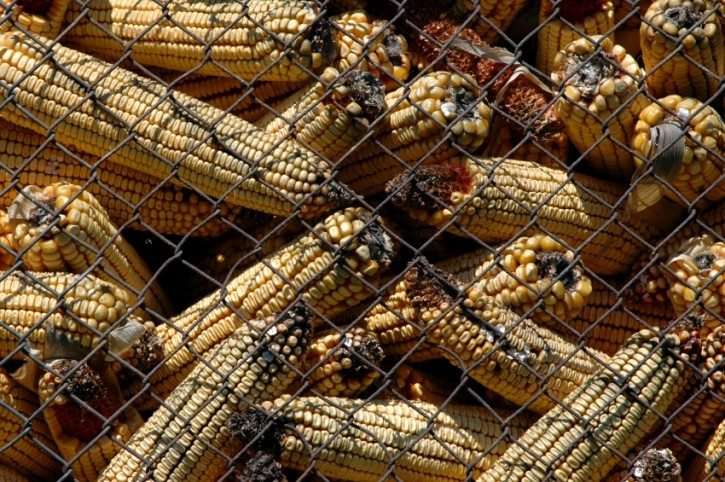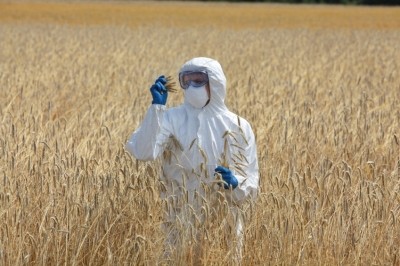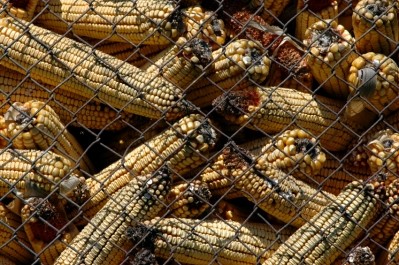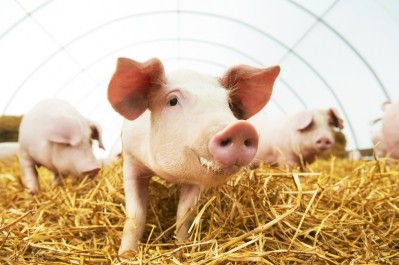Slight hike in the prevalence of DON globally, finds 2015 Biomin mycotoxin survey

“There was a slight increase in the prevalence of DON globally compared to the previous analysis — 73% of all samples were contaminated with DON in 2015 as opposed to 66% of samples in 2014,” Sabine Masching, survey lead and mycotoxin risk management product manager at Biomin, told us.
And the report found 56% of all samples tested contained DON in concentrations that exceeded risk threshold levels.
Biomin said the survey aims to provide an insight into the incidence of the six main mycotoxins including aflatoxins (Afla), zearalenone (ZEN), deoxynivalenol (DON), T-2 toxin (T-2), fumonisins (FUM) and ochratoxin A (OTA) in the primary components used for feed.
This year’s data analysis covered 8,271 agricultural commodity samples from 75 countries, said the Austrian company.
“We noted much greater awareness worldwide about the risks associated with mycotoxins for livestock production and, consequently, we saw the number of countries participating in the survey this year increase by 11. We are plugging more holes as a result – there are very few blank spaces left now in our mapping of mycotoxin prevalence globally,” said Masching.
Global trends
In terms of FUM results, 61% of the overall samples tested were contaminated and showed average concentration levels of 1089 parts per billion (ppb) while 56% of samples were tainted by ZEN.
And the survey showed 21% of samples evaluated contained FUM in concentrations that exceeded risk threshold levels, while 31% of samples contained ZEN in similar quantities.
“ZEN has negative consequences for reproductive performance in sows, dairy cows and broiler breeders; we found that 75% of samples from Central Europe were contaminated with that mycotoxin,” said Masching.
Afla were present in 18% of samples at 40 ppb on average, 11% of all samples exceeded the risk thresholds. T-2 was found in 23% of samples at an average of 26 ppb. Positive occurrence was 18% for OTA at an average of 7 ppb with more than 10% of these exceeding the risk threshold level, reported Biomin.
The company also noted 84% of all samples contained at least one mycotoxin.
The 2015 survey results would indicate that the North Asian livestock sector is at severe risk from mycotoxin related threats.
In European terms, Biomin reported 77% of samples were tainted by DON, and that region had the highest average concentration of that mycotoxin worldwide. The company found 42% of samples in the region were tainted by the T-2 toxin, which is known to be detrimental to poultry production.
Synergistic effects
A region’s overall risk level, said the company, is determined by the number of single mycotoxins with average contamination levels in excess of the maximum risk threshold levels for livestock — 2 ppb for Afla, 10 ppb for OTA, 50 ppb for ZEN and for T-2, 150 ppb for DON and 500 ppb for FUM.
However, Biomin said the global mycotoxin trends rely upon single mycotoxin occurrence, and, therefore, these risk indications may actually understate the threat posed by mycotoxins to animals given their known synergistic effects — the presence of multiple mycotoxins compounds the potential harm — and subclinical effects as even low levels of mycotoxin contamination can impair animal health and performance.
So the survey also includes the results of the analysis done by liquid chromatography-mass spectrometry of 1,000 samples for the potential occurrence of 380 mycotoxins and secondary metabolites. Biomin said it found 31 mycotoxins and metabolites on average per sample while nine out of 10 samples were tainted by Fusarium toxins or Penicillium toxins or both.
“Looking at new ways to control the threat posed by the synergistic effect of the co-occurrence of mycotoxins is a fundamental driver in terms of Biomin's R&D pipeline,” said Masching.










